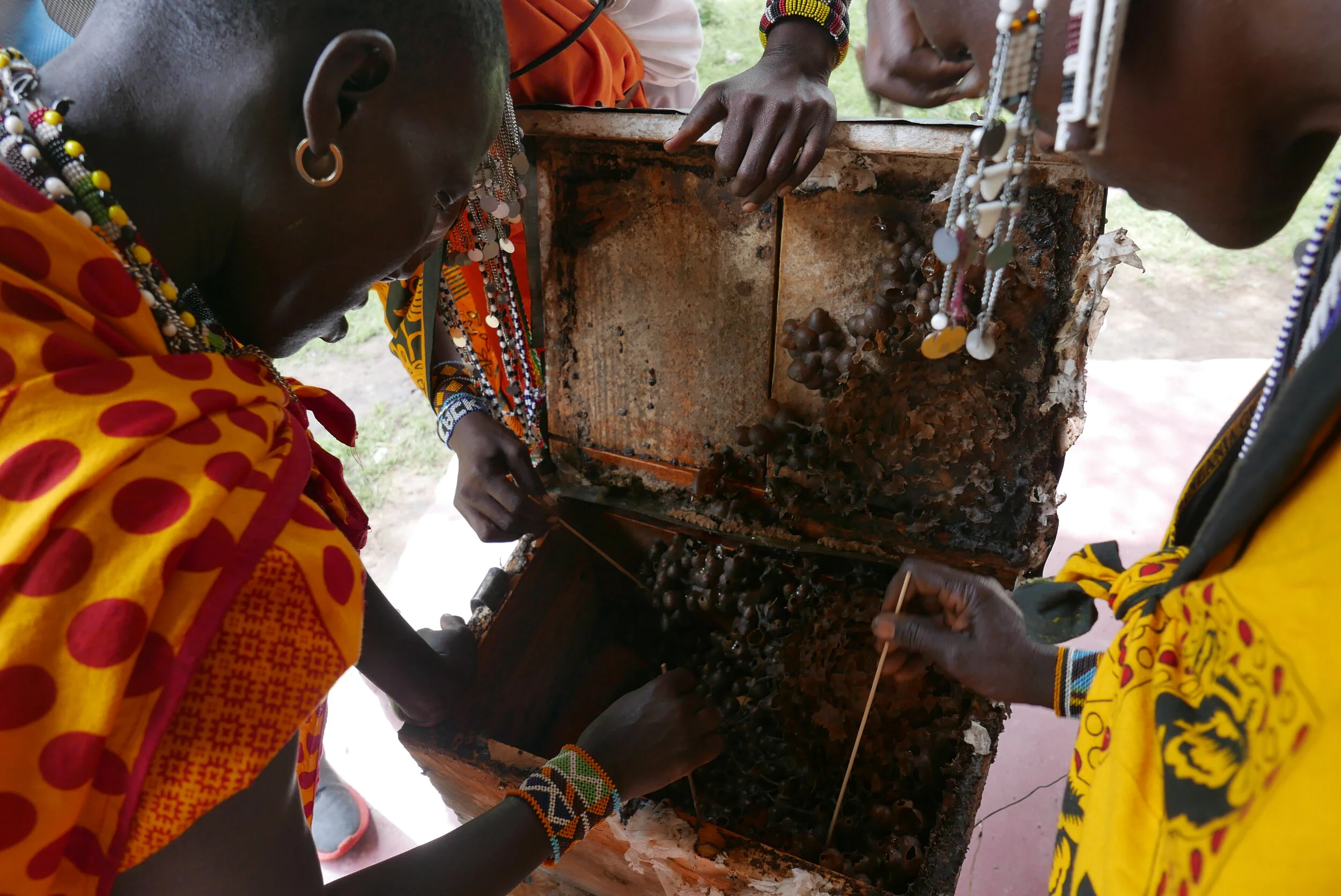It’s right after the rainy season, when the flowers of many trees and shrubs are in bloom. Each year is different; if the rains have been plentiful there’s an abundance of flowering plants, but if the season has been sparse this may mean less flowers. It’s at this time, a bit like Spring in the Serengeti, that bees are actively foraging - gathering nectar and pollen from the flowers.
Read MoreJust as there are many different kinds of bees, there are also many different kinds of beehives! The management of stinging honey bees differs quite significantly from stingless bees. At Maasai Honey, we primarily keep stinging honeybees, but we also have about 14 hives of stingless bees (Melipona).
Here’s a report from beekeeper Zombe Aziz, on the current status of stingless beekeeping operations at Maasai Honey.
Read MoreAt the heart of Maasai Honey is beekeeping - an activity that encompasses a multitude of tasks, responsibilities, and knowledge. At Maasai Honey, beekeepers tend to around about 200 hives across 5 separate apiaries. These apiaries lie multiple kilometers apart, in remote corners of Ololosokwan Village. Each day allows the beekeepers a chance to visit one location. They choose either morning or evening hours depending on the weather patterns, traveling by motorbike through the Savannah forests to the distant apiaries. Here’s a preview of their beekeeping records, which they use to manage hives across the multiple apiaries.
Read More


